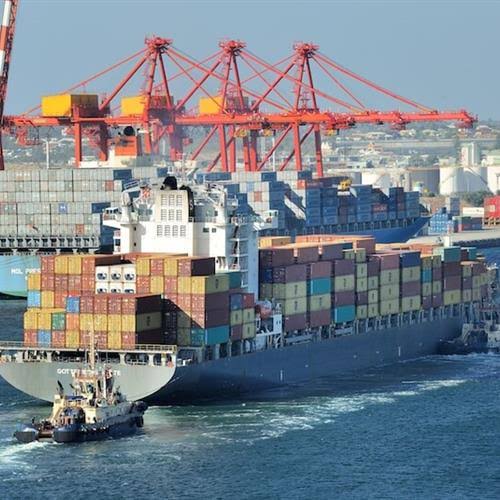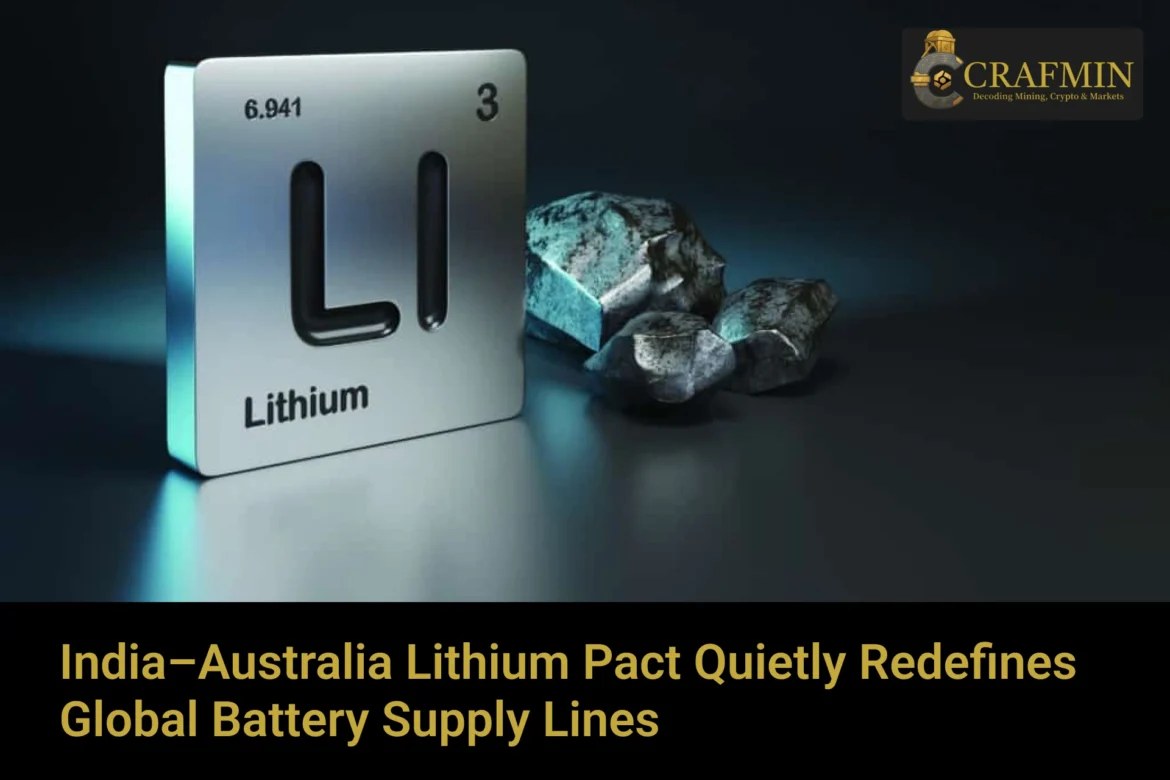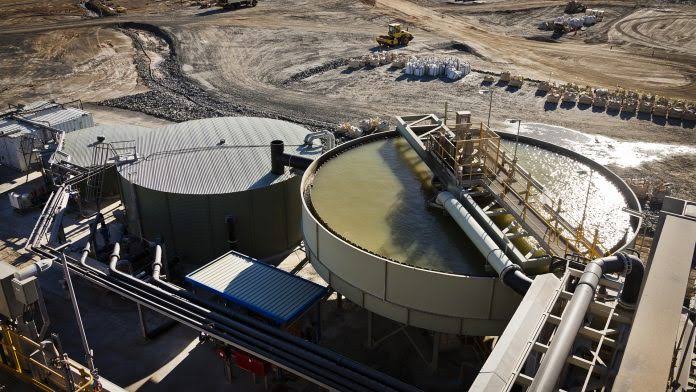A Strategic Shift, Hidden in Plain Sight
While headlines remain saturated with tensions between Beijing and Washington, a quieter but equally consequential alliance is taking shape—this time between New Delhi and Canberra. At the heart of the alignment lies lithium, a mineral no longer just central to battery manufacturing, but increasingly tied to national policy and geopolitical leverage.
India, whose electric mobility and renewable storage ambitions hinge on reliable lithium access, has been moving methodically to secure upstream supply. With domestic reserves in exploration infancy and refining capabilities still in development, the focus has turned abroad. And Australia, with decades of stable production and a maturing critical minerals policy, has emerged as a willing partner.
Formal Interest, Subtle Execution
India’s government-backed joint venture KABIL (Khanij Bidesh India Ltd) has begun exploratory collaborations with select Australian lithium producers. While not yet accompanied by high-profile signing ceremonies or bilateral photo ops, these moves are part of a deliberate strategy to establish long-term supply corridors without inviting geopolitical blowback.
Senior executives familiar with the negotiations describe a model based on minority equity stakes, offtake arrangements, and early-stage co-funding—designed to give India both security of access and flexibility in pricing.
“The idea is not to dominate the market, but to participate early—quietly and patiently,” said an Indian official involved in KABIL’s external negotiations, requesting anonymity.
Read Also: Evolution Mining Gold Reserves Expand as Copper Strategy Evolves
Lithium ore processed for export at a Western Australian facility supplying Asian markets.
Credit: shutterstock/Jason Benz Bennee
Private Sector Joins the Fray
While KABIL’s moves have drawn attention within trade circles, Indian private sector players are not far behind. Ola Electric and Reliance Industries, both deeply invested in battery supply chains, have reportedly approached Australian firms such as Core Lithium and IGO to explore direct procurement and potential joint development.
For Australian miners, Indian involvement offers a route to geopolitical diversification—especially valuable amid growing scrutiny of Chinese-linked investments.
“Interest from India brings a different tone. There’s less baggage and a genuine long-term vision,” remarked one Perth-based exploration manager working with a WA lithium project.
Rewriting Trade Geometry
Australia’s Critical Minerals Strategy (2023–2030) names India as a preferred partner—a reflection not just of growing trade ties, but of shared democratic frameworks and converging clean-tech ambitions.
India’s demand profile—projected to surge as the country scales up EV infrastructure, stationary grid storage, and solar module production—is uniquely aligned with Australia’s capabilities. And for Canberra, a mineral corridor leading west offers resilience in an increasingly fractious Indo-Pacific.
Refining Capacity: The Next Strategic Play
India’s domestic refining capabilities remain nascent. However, pilot-scale lithium carbonate plants are under construction in Gujarat and Tamil Nadu, with commercial commissioning targeted for 2026. These facilities are expected to process Australian-origin spodumene, giving India partial autonomy in its battery material supply chain.
Officials at India’s Ministry of Mines suggest a three-phase roadmap: secure access to ore, develop refining base metals domestically, and integrate cathode-to-cell manufacturing under the national PLI (Production Linked Incentive) scheme.
If realised, the India–Australia axis could displace existing refining monopolies and offer a third path for mineral buyers navigating between China and the West.

Port activity in Fremantle as lithium shipments prepare for South Asia-bound routes.
Source: Fremantle Ports
What the Numbers Show
- India’s lithium demand is expected to rise 8x by 2030, led by EVs and stationary energy storage.
- Australia supplies more than 50% of global hard-rock lithium, with export value expected to hit A$18 billion by 2026.
- Current India–Australia lithium trade is modest, but exploratory MoUs signed in 2024 signal deeper engagement.
Conclusion: A Quiet Realignment with Global Implications
The emerging India–Australia lithium relationship is not defined by loud headlines or fast-moving stock spikes. Instead, it represents a steady recalibration of global mineral trade—one shaped by trust, strategic depth, and long-term technological needs.
For India, it secures a resource essential to its clean-tech future. For Australia, it offers a reliable demand partner outside the increasingly fragile US-China trade corridor. And for the rest of the world, it signals that in the race for battery dominance, the most important partnerships may be the quietest ones.


